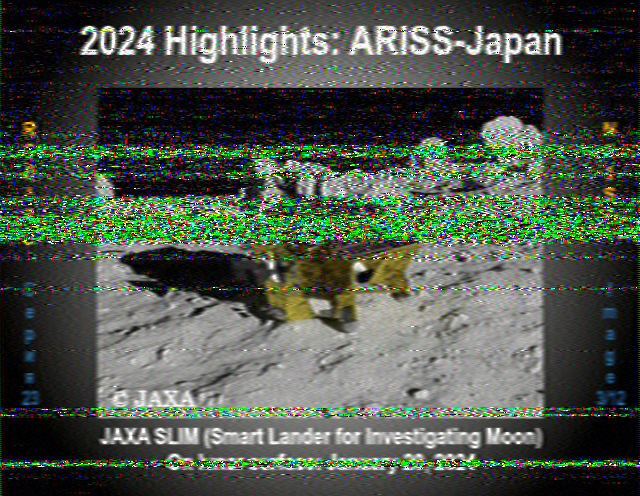
SSTV from ISS
A few days ago (as of the writing of this post), I was in a keyboard to keyboard chat with KD2YCK on packet over HF. He mentioned he was sending out an SSTV image over HF for the new year.
He mentioned 20-meters was currently where he was broadcasting and many others were doing the same, on 14.230 USB.
Even though SSTV is covered in the Extra Class material, I wanted to see how this worked first hand. I have a copy of Ham Radio Deluxe (HRD) which comes with an SSTV encoder/decoder as part of the DM780 package.
SSTV Experiment
I started HRD and tuned the FT-991A to 14.230 USB and received my first SSTV image:

Contacts via SSTV
SSTV like all other modes can be used to make a “contact”. An exchange can be done and can include a signal report.
An example of this type of exchange starts with a CQ with the call sign of the sender of the image. Those who receive the image can send back a reply of confirmed copy of the image which includes their call sign and an embedded copy of the image they received. Lastly, one more image can be sent back from the CQ station that the report was received:
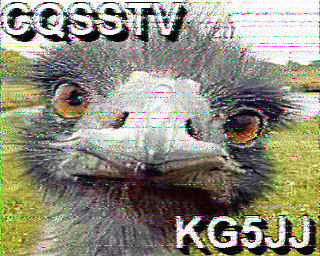
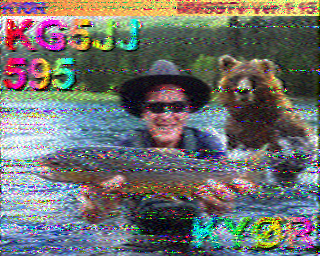
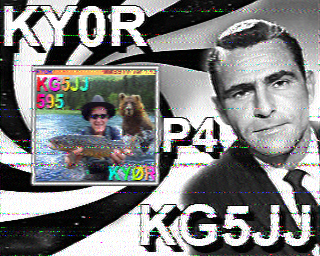
73’s are sometimes sent, but they do not appear to be the norm, nor required. Further, many stations can reply back to the CQ station, lasting for quite awhile. Some use the scoring P0 (unusable) to P5 (broadcast quality) instead of the typical signal reports used for phone.
Waiting for an open slot to start your own transmission can take not just minutes, but perhaps 10, 20, 30 minutes or more during busy times.
There are a few software packages that can send SSTV, and many, if not all, will have “macros” and templates which take a base image you provide and overlay text on top of your images, embed received images, and follow the sequence for a QSO or contact.
Transmission Variations
There are several “modes” for SSTV encoding, ranging from 8 seconds to 114 seconds or more for a complete picture transmission. Most software decoders can automatically detect the mode upon receiving.
The most common picture size is 320 by 256 pixels.
Of course the shorter transmissions will reduce strain on your transmitter, but they would be more susceptible to artifacts that would obscure the reception of the image, such as fading, QRM, or interference from other stations or nearby phone QSOs. It would seem the most common modes used take about 45-60 seconds to transmit.
Receiving SSTV
Anyone can receive an SSTV transmission, no license is required. A license is needed only for transmitting.
In order to receive an SSTV transmission, all that is needed is a receiver capable of listening on the frequencies you are looking to decode from and the mode(s) of transmission the sender is using (SSB, FM, etc).
For example, you can use an SDR, a scanner, a shortwave receiver (assuming it can receive in SSB mode), or an amateur radio.
You would also need software capable of decoding the format being sent. There are many programs available for various operating systems. My first attempt at receiving was using HRD, and it worked well. However, HRD does not automatically save received images to a history folder, so I switched to MMSSTV.

The software needs an audio feed from the receiver to decode from. The audio can be fed into a sound card or microphone input to the PC, or via the sound card interface on a modern amateur radio transceiver (USB connection).
If using an SDR, its audio output can be piped into virtual audio cable input and the decoding software can be set to listen on the virtual audio cable output.
SSTV Samples from 20-meters
Below is a video demonstrating the reception of an SSTV image on 20-meters:
The following image samples are what I received over a few hours on 20-meters on January 2, 2024:
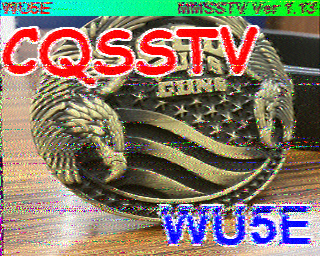
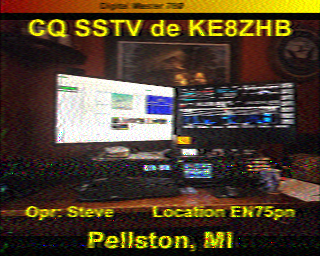
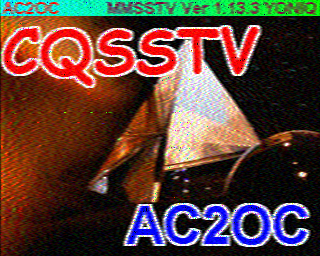
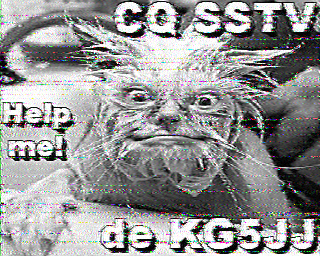
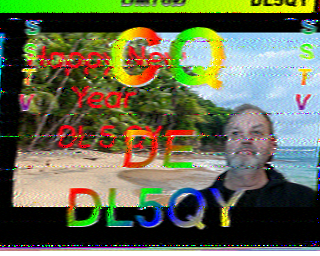
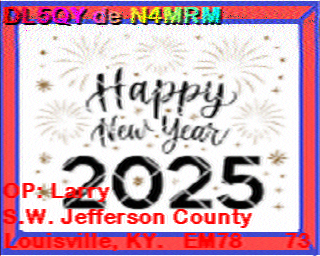
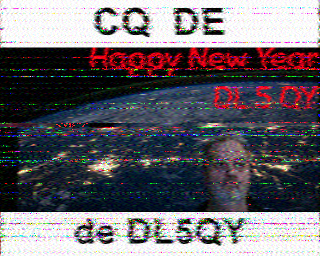
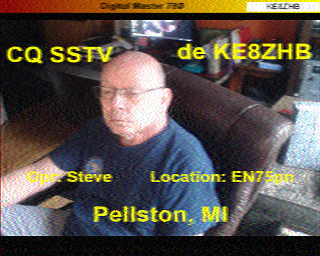
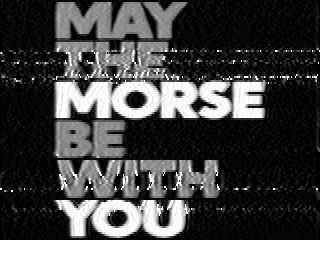
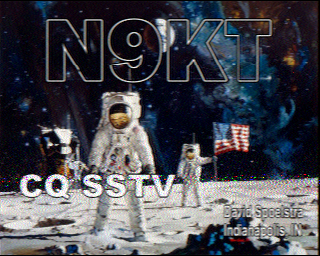
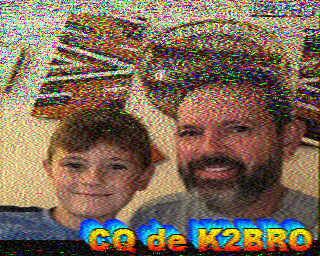
ISS SSTV Transmissions
The ISS transmits SSTV on their repeater downlink frequency of 145.800 MHz during special events.

The ISS transmitted SSTV between December 25th, 2024 and January 5th, 2025. A total of 12 different images were transmitted celebrating ARISS memories of 2024.
Since I had just started receiving SSTV on the 2nd of January, I had only a few days left to try to pull down images from the ISS for this event.
The ISS passes by (usually) a few times per 24 hour period where I currently live. I use the GoSatWatch app to find ISS (and amateur satellite) passes.
Since I did not feel like waking up early or staying up late, I set up my FT-991A to listen on 145.800 and left the MMSSTV app running. I also set my FT5D HT to the same frequency and enabled the record to SD card feature.
The next two daily passes during this event were around 4:55 AM and 10:30 PM. The next morning I checked MMSSTV for images in history, and none were there from the overnight hours. I had forgotten that I had the 2-meter antenna switched over to another radio. Therefore, I received nothing from the FT-991A.
Good thing I had a backup rig recording! I took the SD card out of the FT5D, opened the WAV file in Audacity and searched for audio activity. I saw two notable spots on the recording and exported both sections as 11,025 kHz sample rate WAV files. Then ran both WAV files through MMSSTV and decoded the following two images:

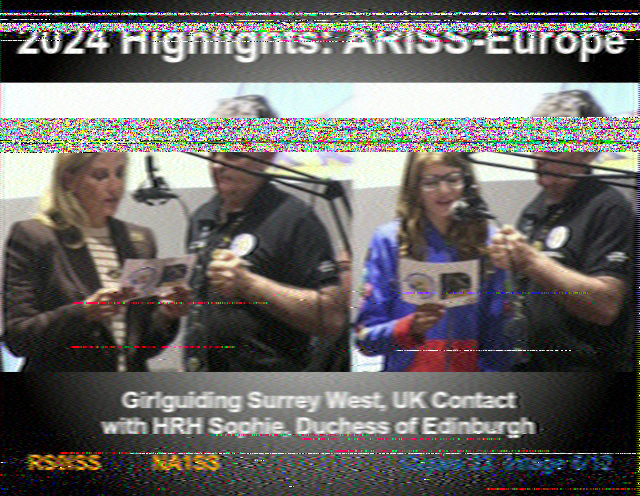
I was able to get only one image per pass of the ISS from the HT. Luckily it captured most of both of these passes.
For the next two passes on the 4th and 5th, I repeated the same setup, this time ensuring the antenna switch for the VHF side of the FT-991A was selected correctly.
The first pass at 10:25 PM was received on the FT-991A but with a bit of noise. The other passes had less noise throughout but there was a bit of interference for a few lines here and there.
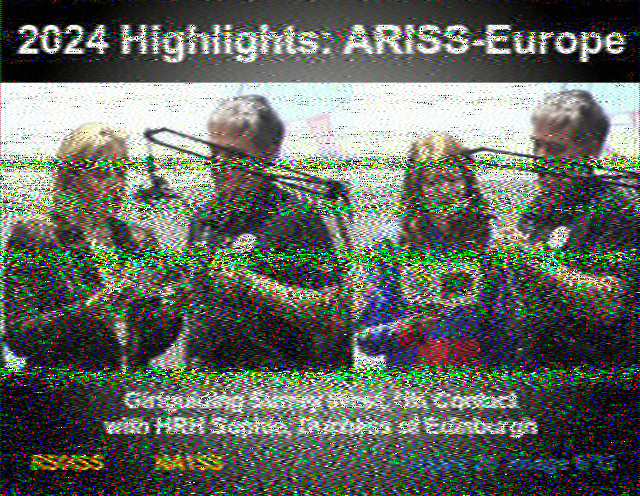
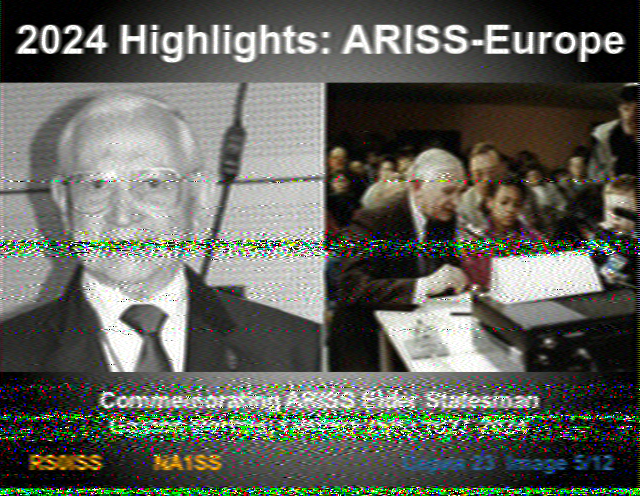
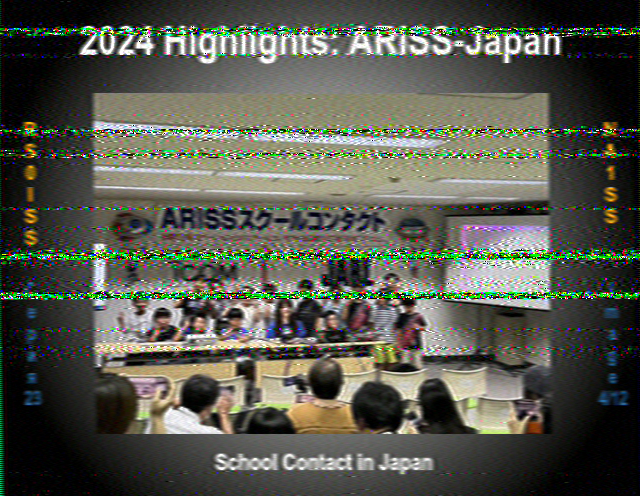

Extra Passes
I was a bit surprised to see images from around midnight EST. I double checked my settings in GoSatWatch and found that my minimum angle of elevation was set too high. After adjusting this downward, additional passes appeared, including the midnight passing:

ARRISS SSTV Award
If you submit images received to ARISS, they will send back a certificate or award via email:

Final Thoughts
Without much effort I was able to capture quite a few images from the ISS. I was able to decode 5 different images of the 12 they were transmitting. Next time the ISS broadcasts SSTV, I plan to improve my reception for clearer image decoding.
A better antenna for this type of work would be a beam. I do have a handheld Arrow antenna for satellite work, but I was not up to the task of going outside in the cold or waking up early to go outside with the HT to capture the audio stream for decoding.

Perhaps the next time SSTV is broadcast from the ISS, it would be in the spring, summer, or fall, ideally. This would be better for outdoor use of the handheld Arrow antenna.
Reception of SSTV over HF was more impressive. Not only were the images usually much clearer, they can be exchanged over far greater distances. Less total power is needed for HF (compared to 2-meter FM), since the picture format works over sideband.
In addition, SSTV uses only 3 kHz of bandwidth at most – the same as what is allowed for phone communication. Time to transmit an image can be under 10 seconds if desired, and if color is not needed.
Transmitting SSTV needs some careful attention to the duty cycle (and average power) needed from your transmitter. 100 watts of output power for SSTV for 40+ seconds is hard on the typical 100-watt transceiver, and might in fact cause issues. Further, if you have a balun or RF transformer in your antenna system, that too can heat up beyond it’s intended duty cycle.
Each time I try a new mode, I am impressed with the capabilities, the maturity of the methods used, the software available, and the popularity of the mode still being used to this day. SSTV is no exception.
